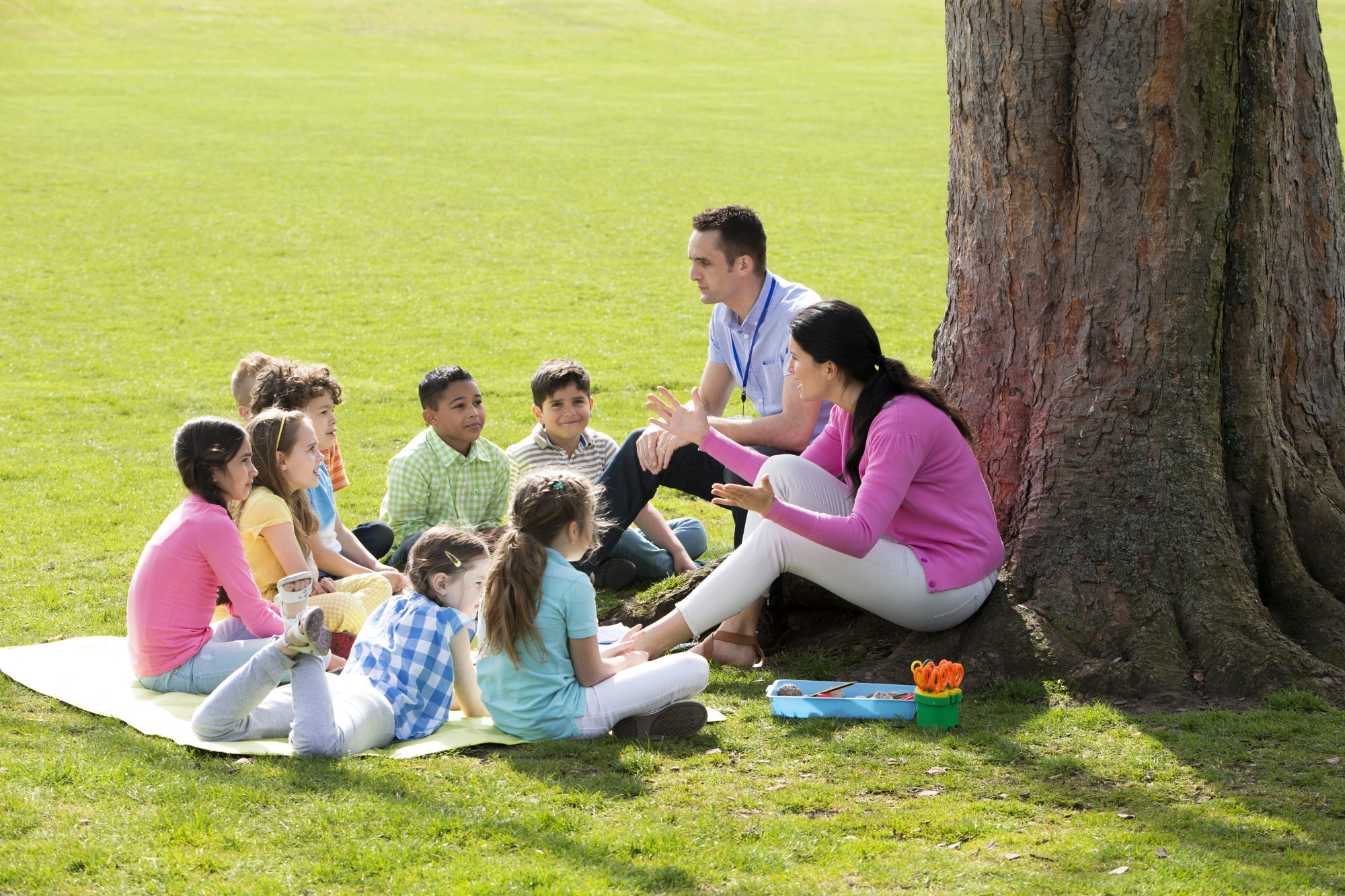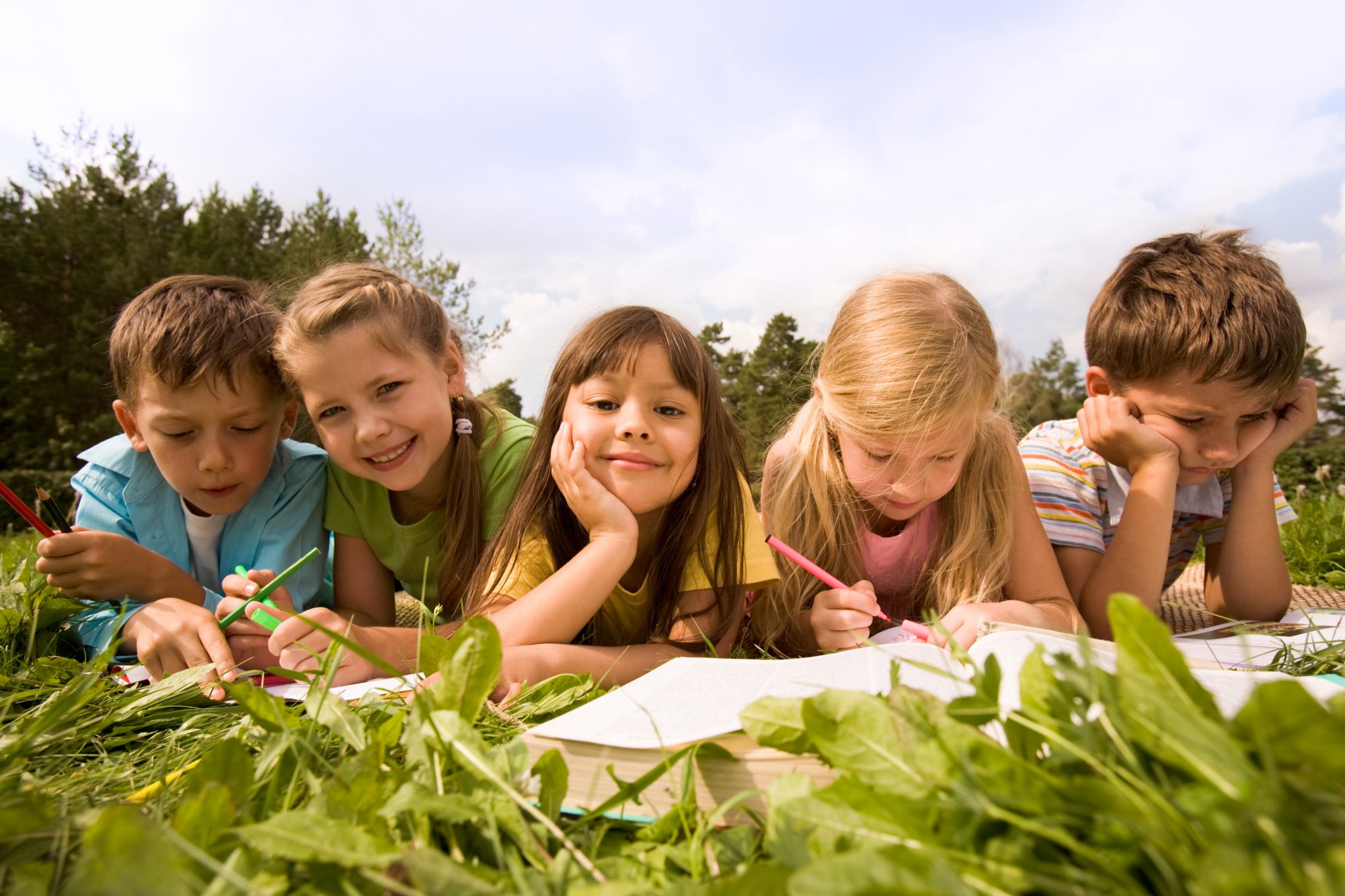The new urban school is like Hulk – green and powerful
Green schools incorporate nature and environment into their architecture and curriculum. The outcomes are definitely worth a closer look.
If we want to develop a comprehensive concept of sustainable city life, we must not forget about the one crucial place where new generations take shape – schools. New educational concepts build on the incorporation of environment and thereby highly benefit child development.
As research confirms, early on encounters with nature enables children to develop a lasting relationship to, and understanding for their environment, which is a highly important asset for modern society facing so many challenges in this context, like pollution, deforestation or climate change. Not only do students become responsible and earth-conscious adults, they also grow up in a more light-hearted way when being in much contact with nature. It is simply a fundamentally human longing to be outside and in-touch with flora and fauna. Experts even stipulate that it is easier for children to achieve study goals in a setting that works in conjunction with nature.
An experimental project in Berlin for primary education has divided its programme: [1] Three days a week are held as usual within classroom, but the remaining two days are spent out in a nearby park or forest. This does not mean, solely breaks or leisure activities are moved there. Indeed, the lessons as a whole, be it math, language or science class, are all-over taught outside in the natural environment. Nature is included into the learning activities and didactic approaches so that studying becomes much more active and lively, which especially supports children who have difficulties concentrating and sitting still for long. The central premise of the programme is that culture is not opposed to nature, but that they are fundamentally interdependent, and that recognising and utilising this will benefit society greatly.
Lesson outdoors

Children reading in grass

Another pedagogical approach coming from the US is the edible schoolyard project. [2] That is, vegetable gardens are set up in the schoolyards, which are designed in a sustainable way. That means, the energy it needs is autonomously produced, rain water is collected and re-used, and an own composting system is installed. The students are involved in all the steps of farming, spanning from sowing over cultivating up to harvesting and finally preparing the yield. Not only can the children hence learn about a healthy diet and lifestyle, but the garden is also used for scientific hands-on lessons or to exemplify class content in a practical context. Last but not least, the green schoolyard provides a space for an alternative studying environment in contrast to monotonous indoors teaching.
A particularly spectacular project is the school of the Sustainable City in Dubai. [3] Its whole architecture is directed towards the primacy of sustainability: In the search for alternatives to dense and air-conditioned school buildings, this concept heads for the opposite way – it instead utilises the warm climate. That is, it does have classrooms, but it offers just as much studying space outside in comfortable shady and airy places surrounded by diverse greenery. In accordance with the rest of the Sustainable City it is driven by solar energy that is produced right within the community, its waste water is recycled and functional greens are planted that adapt to the dry and hot environment and create a pleasant atmosphere.
Summing up, there are diverse attempts for implementing the general idea of green schooling scattered around the globe. It is necessary to bring together all the stake holders – parents, schools, governments and NGOs alike – in order to exchange their ideas, their findings, and examples of best practice. This supports the global movement towards smart and sustainable urban life and common well-being. Having used the allusion to Hulk in heading this piece is thus no coincidence, because we need all the power and manifold of ideas – so to say all the super heroes we can get – to make our way to a smart future society, with schools being right at the heart of the enterprise.
References
[1] Haberkorn, T. (2017). Das wandernde Klassenzimmer. Zeit Online, [online] Available at: http://www.zeit.de/kultur/2017-10/naturschule-brosepark-berlin-privatschule-wald/seite-3.
[2] The Edible Schoolyard Project (2017) [online] Available at: http://edibleschoolyard.org/.
[3] CEBRA (2017). Sustainable school in Dubai’s Sustainable City. [online] Available at: https://cebraarchitecture.dk/project/sustainable-school/.
Keywords
sustainability, comprehensive, nature, environment, architecture, green school, child development, health, healthy diet, hands-on

